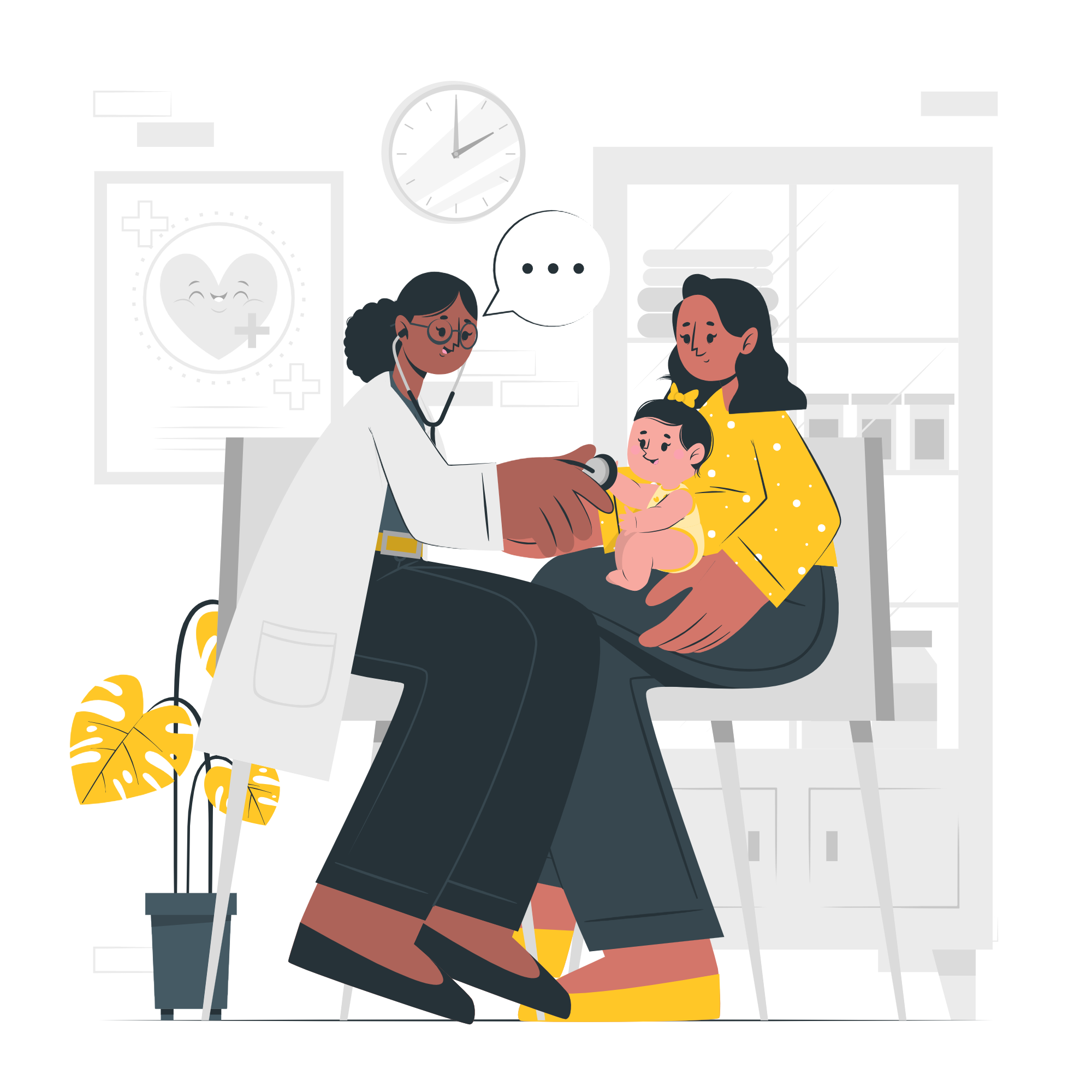With these challenges in mind, IDOR pediatricians and researchers partnered with the Institute of Social Medicine at Rio de Janeiro State University (IMS/UERJ) in 2012 to create a simple yet comprehensive triage tool tailored for pediatric emergencies. The result was Clariped (short for “Pediatric Risk Classification”), a system designed to streamline the triage process while ensuring patient safety.
Clariped operates within a 2-to-5-minute timeframe, using clinical criteria specific to each age group. The system assigns a risk level to each patient, linking it to a maximum wait time for medical attention. Initially paper-based, the tool is now in its third digital iteration and has been validated through numerous studies for its reliability and positive impact on pediatric emergency care.
Evaluating Its Performance
While Clariped’s performance had already been validated in tertiary care centers in Rio de Janeiro, researchers sought to examine its success in other cities and healthcare infrastructures. To do so, they conducted a prospective observational study from September 2018 to August 2019 at a private secondary pediatric care center in São Paulo. Secondary care centers typically have more resources than primary care units but fewer than tertiary hospitals, which are equipped for complex procedures.





